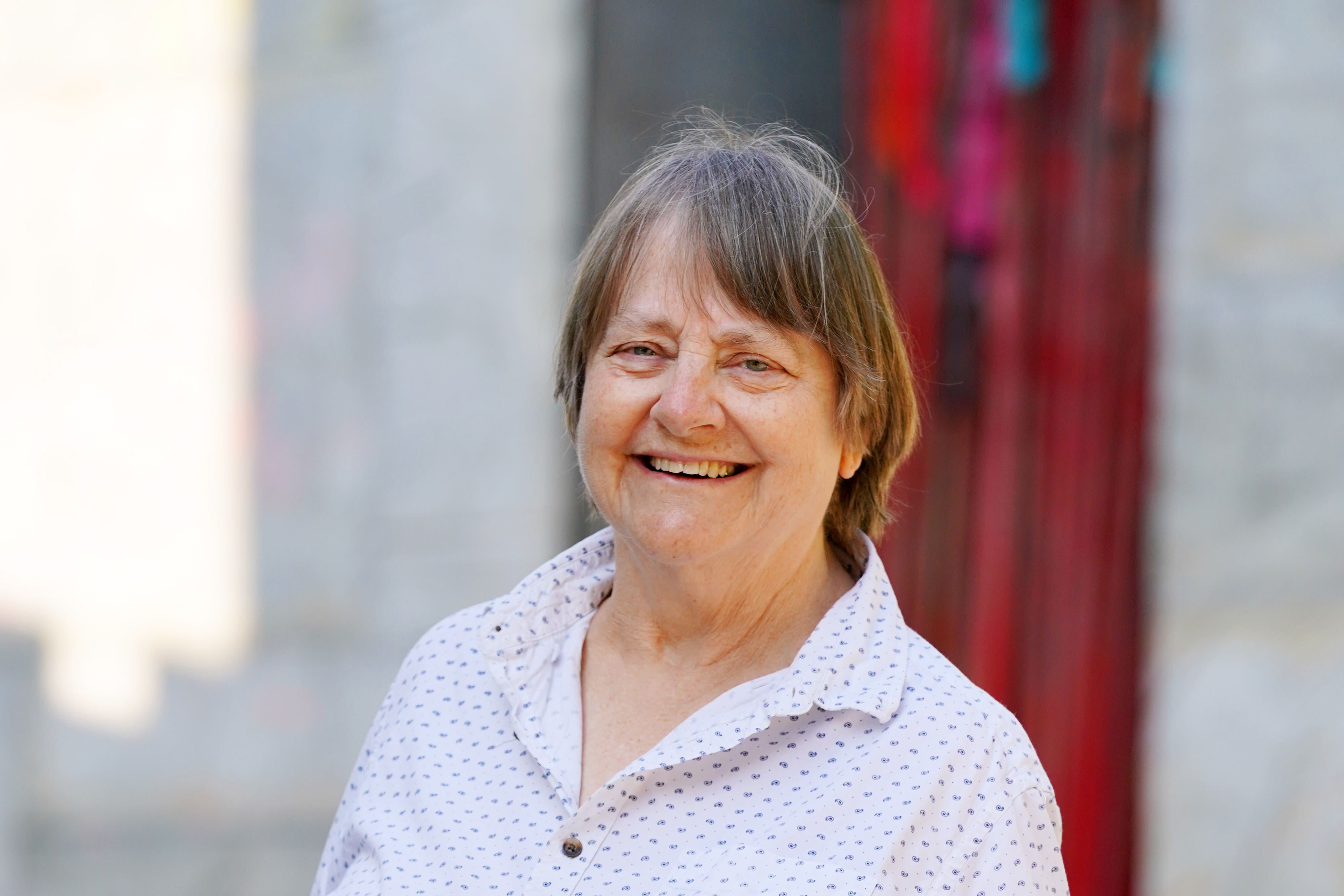British sculptor Dame Phyllida Barlow dies at the age of 78
The renowned artist, known for her large-scale installations made from everyday materials, enjoyed a career lasting almost six decades.

British sculptor Dame Phyllida Barlow has died at the age of 78, it has been announced.
The renowned artist, known for her large-scale installations made from everyday materials, enjoyed a career lasting almost six decades.
Dame Phyllida was described by her gallery, Hauser and Wirth, as “a remarkably original, powerful and generous artist” who “playfully guided audiences to become daring explorers”.
“Phyllida Barlow singularly redefined a language of sculpture and consistently shattered conventions, challenging old notions of monumentality and of beauty,” a statement on the gallery’s website read.
“Over the course of almost 60 years, she embraced humble materials to create sculpture and installations that defied the rules of gravity, balance and symmetry.
“Her work interrupts and invades the space around it, a strategy through which Barlow playfully guided audiences to become daring explorers.”
Dame Phyllida was born in Newcastle-upon-Tyne in 1944 and studied at the Chelsea College of Art and Slade School of Fine Art, both in London.
Phyllida Barlow singularly redefined a language of sculpture and consistently shattered conventions, challenging old notions of monumentality and of beauty.
She joined the staff of the Slade in the late 1960s and taught there for more than 40 years, retiring from academia in 2009.
Dame Phyllida’s “large-scale yet anti-monumental sculptures” were made from low-grade and inexpensive materials such as cardboard, fabric, plywood, polystyrene, scrim, plaster and cement.
The constructions were often painted in industrial or vibrant colours, with the seams of their construction left at times visible.
Dame Phyllida’s break as an artist came in 2004 when she was shown at the Baltic, Gateshead, after which she gained representation by Hauser and Wirth.
She was appointed Commander of the Order of the British Empire (CBE) in the 2015 New Year Honours for services to the arts.
She was appointed Dame Commander of the Order of the British Empire (DBE) in the 2021 Birthday Honours, also for services to the arts.
“There’s something about walking around sculpture that has the possibility of being reflective, like walking through a landscape,” Dame Phyllida said previously.
“The largeness of sculpture has that infinite possibility to make one engage beyond just the object itself and into other realms of experience.”
Throughout her career, Dame Phyllida exhibited extensively across institutions internationally, including Tate Britain, and in 2017 represented Britain at the Venice Biennale.